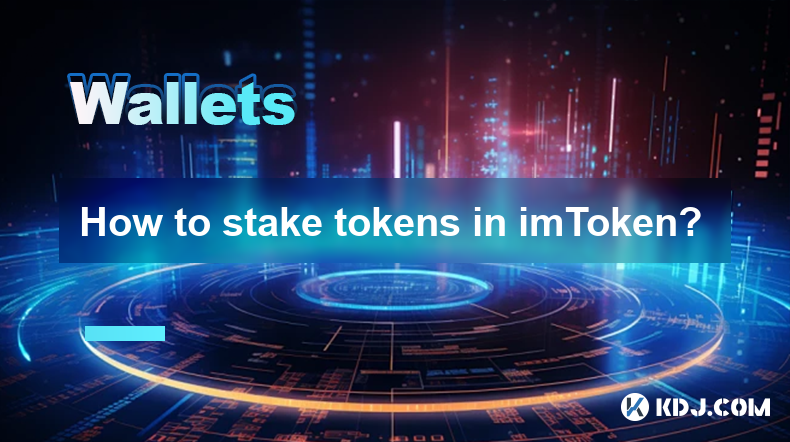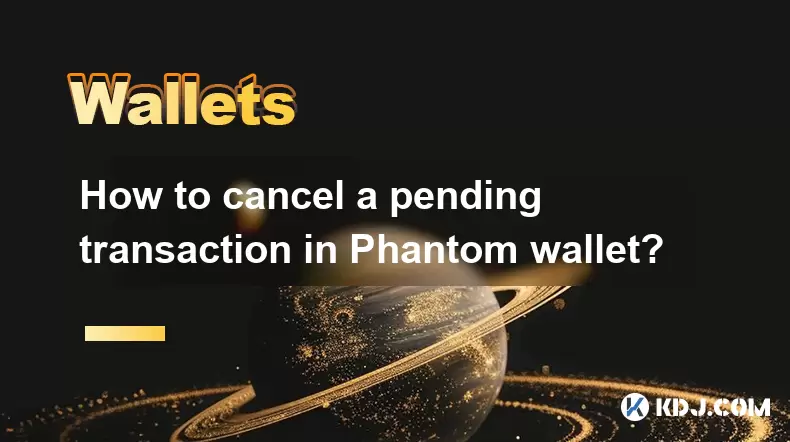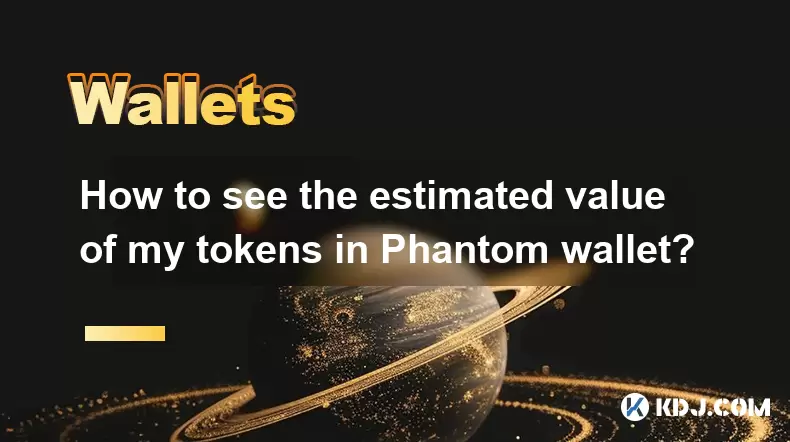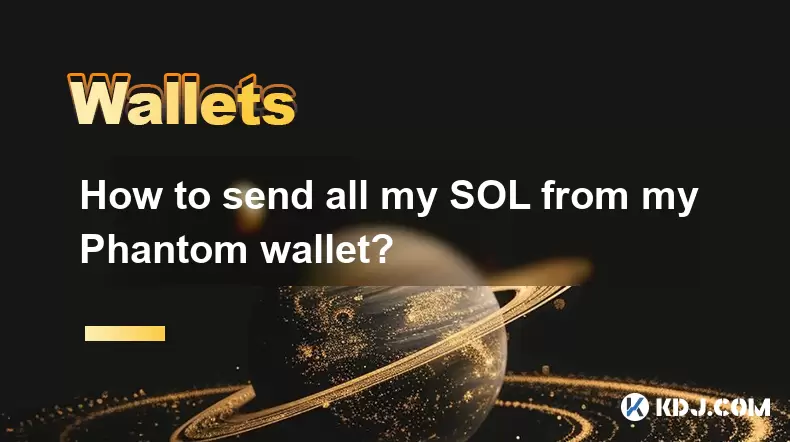-
 Bitcoin
Bitcoin $108,562.4295
0.46% -
 Ethereum
Ethereum $2,533.9553
1.52% -
 Tether USDt
Tether USDt $1.0002
-0.01% -
 XRP
XRP $2.2542
2.23% -
 BNB
BNB $662.4567
1.48% -
 Solana
Solana $151.4114
3.48% -
 USDC
USDC $0.9999
0.00% -
 TRON
TRON $0.2860
0.91% -
 Dogecoin
Dogecoin $0.1685
3.72% -
 Cardano
Cardano $0.5809
1.63% -
 Hyperliquid
Hyperliquid $39.2916
1.85% -
 Sui
Sui $2.8874
0.85% -
 Bitcoin Cash
Bitcoin Cash $496.5801
2.72% -
 Chainlink
Chainlink $13.3582
2.48% -
 UNUS SED LEO
UNUS SED LEO $9.0279
0.07% -
 Avalanche
Avalanche $18.0773
2.30% -
 Stellar
Stellar $0.2426
3.05% -
 Toncoin
Toncoin $2.9086
6.01% -
 Shiba Inu
Shiba Inu $0.0...01170
2.97% -
 Hedera
Hedera $0.1587
3.47% -
 Litecoin
Litecoin $87.4596
1.13% -
 Monero
Monero $317.0425
0.73% -
 Polkadot
Polkadot $3.3778
1.90% -
 Dai
Dai $0.9999
-0.01% -
 Ethena USDe
Ethena USDe $1.0001
-0.01% -
 Bitget Token
Bitget Token $4.4095
0.63% -
 Uniswap
Uniswap $7.3593
6.80% -
 Pepe
Pepe $0.0...09910
3.64% -
 Aave
Aave $274.7388
2.68% -
 Pi
Pi $0.4607
0.48%
How to stake tokens in imToken?
imToken facilitates staking various tokens, but processes differ; understand risks like impermanent loss and slashing before staking. Prior knowledge of the token and its mechanism, alongside strong security practices, is crucial for maximizing rewards while mitigating potential losses.
Mar 22, 2025 at 11:21 am

Key Points:
- ImToken supports staking for various tokens, but the process varies depending on the specific token and its underlying blockchain.
- Understanding the risks associated with staking, such as impermanent loss (for liquidity pools) and slashing (for Proof-of-Stake networks), is crucial before proceeding.
- The user interface within imToken is designed to guide you through the staking process, but prior knowledge of the chosen token and its staking mechanism is beneficial.
- Security best practices, including using a strong password and enabling two-factor authentication, are essential when staking within imToken.
- Rewards earned from staking can vary greatly depending on the token, network congestion, and the overall staking pool size.
How to Stake Tokens in imToken?
Staking tokens in imToken offers a way to earn passive income while supporting the security and stability of your chosen blockchain. However, the exact process depends on which token you wish to stake. There isn't a single, universal method. Some tokens might require you to participate in a Proof-of-Stake (PoS) consensus mechanism, while others might involve joining a liquidity pool.
Before you begin, ensure your imToken wallet is updated to the latest version. This guarantees compatibility with the latest staking features and security patches. Always double-check the address you're interacting with to avoid scams. Never share your private key with anyone.
Staking via Proof-of-Stake (PoS):
Many tokens utilize a Proof-of-Stake consensus mechanism. This means you lock up your tokens to help secure the network and earn rewards in return. The process generally involves these steps:
- Select the Token: In your imToken wallet, navigate to the "Staking" or "DApp" section. Find the token you want to stake and select it.
- Check Staking Details: Carefully review the Annual Percentage Rate (APR), lock-up period (if any), and any associated fees before proceeding.
- Choose a Validator (if applicable): Some PoS networks allow you to choose a validator to delegate your stake to. Research and select a reputable validator with a good track record.
- Confirm the Stake: Review all the details one last time. Once you're certain, confirm the staking transaction. This will lock your tokens for a specific duration, depending on the network's rules. The transaction will require a network fee.
Staking via Liquidity Pools:
Liquidity pools provide a different approach to staking, often offering higher returns but with higher risks, including impermanent loss.
- Find a Suitable Pool: imToken might integrate with decentralized exchanges (DEXs) that offer liquidity pools. Find a pool containing the token you wish to stake and another token you're willing to pair it with.
- Add Liquidity: You will need to provide an equal value of both tokens to the pool. The exact ratio might vary depending on the pool's design.
- Earn Rewards: By providing liquidity, you earn fees generated from trades executed within the pool, usually in the form of the pool's tokens.
Understanding Risks:
Staking, regardless of the method, carries inherent risks. It's essential to understand these before committing your tokens:
- Impermanent Loss (Liquidity Pools): The value of your staked tokens might fluctuate relative to each other, resulting in a loss compared to simply holding them.
- Slashing (PoS): Some PoS networks penalize validators (and potentially stakers) for malicious or negligent behavior. This can result in a loss of staked tokens.
- Smart Contract Risks: There's always a risk that a smart contract could be exploited, leading to the loss of your funds. Always research the project thoroughly before staking.
Common Questions:
Q: What tokens can I stake in imToken?
A: imToken supports staking for a growing number of tokens. The available options are constantly updated, so check the app's "Staking" or "DApp" section for the current list. The availability depends on the network's support and imToken's integration.
Q: How long does it take to unstake my tokens?
A: The unstaking period varies depending on the specific token and its network. Some networks have immediate unstaking, while others have lock-up periods ranging from a few days to several months. Check the terms and conditions before staking.
Q: Are there any fees associated with staking?
A: Yes, there are usually network fees associated with staking transactions, both when you stake and when you unstake your tokens. The amount of the fee depends on the network's congestion and the chosen transaction speed.
Q: Is staking in imToken secure?
A: imToken employs robust security measures, but as with any cryptocurrency transaction, there are inherent risks. Always use a strong password, enable two-factor authentication, and be cautious of phishing attempts. Regularly update your imToken app to benefit from the latest security patches.
Q: How much can I earn from staking?
A: The potential rewards vary significantly based on the specific token, the network's congestion, and the overall size of the staking pool. The APR (Annual Percentage Rate) is often displayed, but it's crucial to remember that this is only an estimate, and the actual returns can fluctuate.
Disclaimer:info@kdj.com
The information provided is not trading advice. kdj.com does not assume any responsibility for any investments made based on the information provided in this article. Cryptocurrencies are highly volatile and it is highly recommended that you invest with caution after thorough research!
If you believe that the content used on this website infringes your copyright, please contact us immediately (info@kdj.com) and we will delete it promptly.
- BNB, Binance, and CZ: What's the Buzz?
- 2025-07-07 06:50:12
- Hedera Hashgraph: ETF Buzz and Bullish Charts – HBAR to the Moon?
- 2025-07-07 06:30:12
- BlockDAG, Pi Network, and SUI Stable: Navigating the Crypto Landscape in '25
- 2025-07-07 07:10:13
- SYRUP Token's Sweet Ascent: TVL Surges and DeFi Growth on Maple Finance
- 2025-07-07 07:15:13
- Bitcoin, Listed Companies, and ETFs: A New York Minute on Crypto Trends
- 2025-07-07 06:30:12
- Stablecoins, Redot Pay, and Korea: A Glimpse into the Future of Payments
- 2025-07-07 07:20:14
Related knowledge

How to cancel a pending transaction in Phantom wallet?
Jul 03,2025 at 07:21pm
Understanding Pending Transactions in Phantom WalletA pending transaction in the Phantom wallet occurs when a user initiates a transfer or interaction with the Solana blockchain, but it hasn't yet been confirmed by the network. This can happen due to various reasons such as low transaction fees, network congestion, or incorrect gas settings. It's import...

How to see the estimated value of my tokens in Phantom wallet?
Jul 04,2025 at 12:21am
What is Phantom Wallet?Phantom wallet is one of the most popular cryptocurrency wallets designed for the Solana blockchain. It allows users to store, send, receive, and manage various tokens built on Solana, including SPL tokens and NFTs. The wallet offers a user-friendly interface, making it accessible for both beginners and advanced users in the crypt...

How to lock my Phantom wallet extension?
Jul 03,2025 at 11:14am
What Is the Phantom Wallet and Why Lock It?The Phantom wallet is a popular non-custodial cryptocurrency wallet designed for interacting with the Solana blockchain. Supporting both browser extensions and mobile apps, Phantom allows users to store, send, receive, and stake SOL tokens, as well as interact with decentralized applications (dApps). Securing y...

Does Phantom wallet offer two-factor authentication (2FA)?
Jul 03,2025 at 09:00am
Understanding Phantom Wallet and Its Security FeaturesPhantom wallet is a widely used non-custodial cryptocurrency wallet that supports the Solana blockchain. It allows users to store, send, receive, and interact with decentralized applications (dApps) seamlessly. As security is a top priority for any crypto wallet user, security features like two-facto...

How to send all my SOL from my Phantom wallet?
Jul 06,2025 at 10:00am
Preparing to Send SOL from Your Phantom WalletBefore initiating any transaction, it is crucial to ensure that your Phantom wallet is fully set up and connected to the correct network. Phantom supports multiple networks, but for sending SOL, you must be on the Solana blockchain. Confirm this by checking the network indicator in the top-right corner of th...

What is "rent" on Solana and how does it affect my Phantom wallet?
Jul 02,2025 at 08:35pm
Understanding 'Rent' on SolanaIn the context of Solana, the term 'rent' refers to a storage fee that users pay for maintaining data on the blockchain. Unlike Ethereum, where storage costs are paid once via gas fees during contract deployment, Solana implements a recurring cost model to ensure efficient usage of network resources. This means that any acc...

How to cancel a pending transaction in Phantom wallet?
Jul 03,2025 at 07:21pm
Understanding Pending Transactions in Phantom WalletA pending transaction in the Phantom wallet occurs when a user initiates a transfer or interaction with the Solana blockchain, but it hasn't yet been confirmed by the network. This can happen due to various reasons such as low transaction fees, network congestion, or incorrect gas settings. It's import...

How to see the estimated value of my tokens in Phantom wallet?
Jul 04,2025 at 12:21am
What is Phantom Wallet?Phantom wallet is one of the most popular cryptocurrency wallets designed for the Solana blockchain. It allows users to store, send, receive, and manage various tokens built on Solana, including SPL tokens and NFTs. The wallet offers a user-friendly interface, making it accessible for both beginners and advanced users in the crypt...

How to lock my Phantom wallet extension?
Jul 03,2025 at 11:14am
What Is the Phantom Wallet and Why Lock It?The Phantom wallet is a popular non-custodial cryptocurrency wallet designed for interacting with the Solana blockchain. Supporting both browser extensions and mobile apps, Phantom allows users to store, send, receive, and stake SOL tokens, as well as interact with decentralized applications (dApps). Securing y...

Does Phantom wallet offer two-factor authentication (2FA)?
Jul 03,2025 at 09:00am
Understanding Phantom Wallet and Its Security FeaturesPhantom wallet is a widely used non-custodial cryptocurrency wallet that supports the Solana blockchain. It allows users to store, send, receive, and interact with decentralized applications (dApps) seamlessly. As security is a top priority for any crypto wallet user, security features like two-facto...

How to send all my SOL from my Phantom wallet?
Jul 06,2025 at 10:00am
Preparing to Send SOL from Your Phantom WalletBefore initiating any transaction, it is crucial to ensure that your Phantom wallet is fully set up and connected to the correct network. Phantom supports multiple networks, but for sending SOL, you must be on the Solana blockchain. Confirm this by checking the network indicator in the top-right corner of th...

What is "rent" on Solana and how does it affect my Phantom wallet?
Jul 02,2025 at 08:35pm
Understanding 'Rent' on SolanaIn the context of Solana, the term 'rent' refers to a storage fee that users pay for maintaining data on the blockchain. Unlike Ethereum, where storage costs are paid once via gas fees during contract deployment, Solana implements a recurring cost model to ensure efficient usage of network resources. This means that any acc...
See all articles

























































































